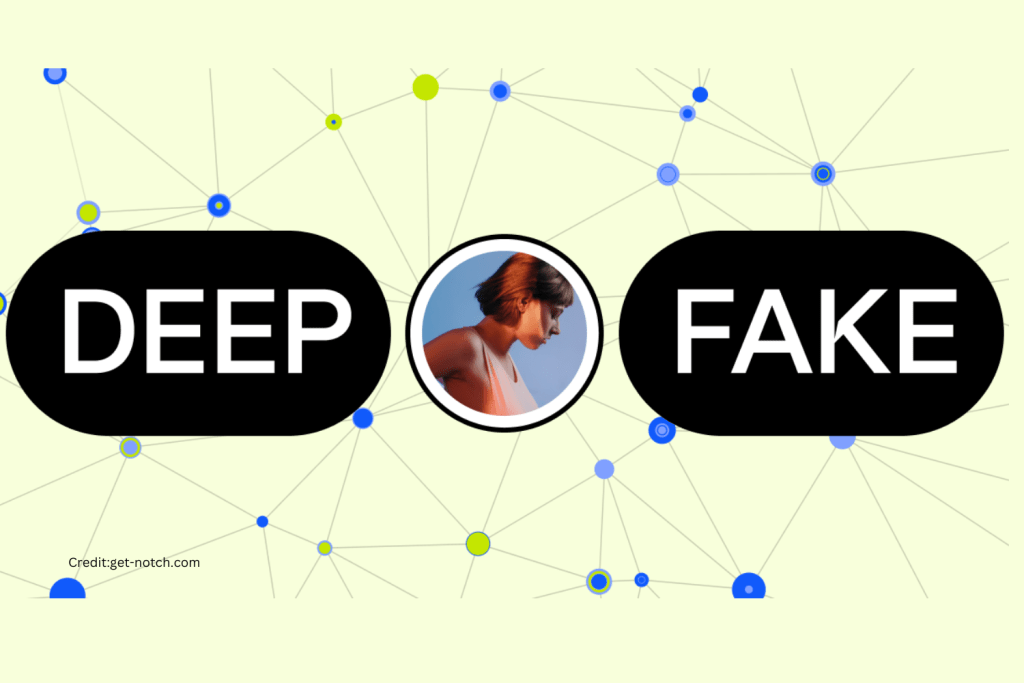In recent years, deepfake technology has emerged as a groundbreaking and controversial advancement in the realm of artificial intelligence. This sophisticated technology utilizes deep learning algorithms to create hyper-realistic synthetic content, often in the form of videos and audio recordings. While deepfakes have shown immense potential in various fields, they also raise concerns about misinformation and ethical implications.
Understanding Deepfake Technology:
Deepfake technology is a fusion of deep learning, artificial intelligence, and advanced image processing techniques. By leveraging neural networks, the system learns and replicates the intricate patterns and features of a person’s appearance and voice. This enables the creation of incredibly convincing fake content that can be difficult to distinguish from authentic media.
Applications of Deepfake Technology:
- Entertainment Industry: Deepfake technology has found a niche in the entertainment industry, allowing filmmakers to recreate historical scenes or revive actors for new roles. This can provide a unique storytelling experience, blurring the lines between reality and fiction.
- Training and Simulation: Various fields employ deepfake technology for training and simulation purposes. For example, professionals can use it to simulate medical procedures or train security personnel to identify potential threats.
- Memes and Satire: Some creators use deepfakes for humorous purposes, superimposing the faces of public figures onto unexpected contexts or creating satirical videos.
- Dubbing and Localization: You can use deepfake algorithms to dub content into different languages while maintaining the lip sync and facial expressions of the original actors, enhancing the localization of media.
Also read | How to Safeguard Against Fake Apps and KYC Fraud
Concerns and Challenges:
- Misinformation and Fake News: The most significant concern surrounding deepfake technology is its potential to spread misinformation. Deepfakes can be manipulated to create false narratives, posing a threat to public trust and the credibility of information.
- Privacy Issues: Deepfake technology raises serious privacy concerns because people can misuse it to create fake videos or audio recordings without the consent of the individuals involved. This has implications for personal and professional relationships.
- Impersonation: The technology raises concerns about impersonation because deepfakes can create convincing videos or audio recordings that appear to be from someone else, potentially leading to identity theft or false accusations.
In a video that has gone viral on social media, Indian actress Rashmika Mandanna was the victim of Deepfake AI. Mandanna was seen entering an elevator with her face digitally altered to look like another woman’s face.
How to Detect a DeepFake?
To identify a deepfake, there are a few things to look out for, such as:
- The eye movements or unnatural facial expressions
- Inaccurate lighting or sound
- Confusing body language or posture
- Mismatches between the person’s lips and what they are saying
Conclusion:
While deepfake technology presents exciting possibilities for innovation and creativity, it also brings forth ethical challenges that demand attention. Striking a balance between harnessing the positive aspects and mitigating the negative consequences is crucial for the responsible development and application of this evolving technology. As we navigate the future of deepfakes, it is essential to establish clear ethical guidelines and regulations to ensure their responsible use in various industries.

